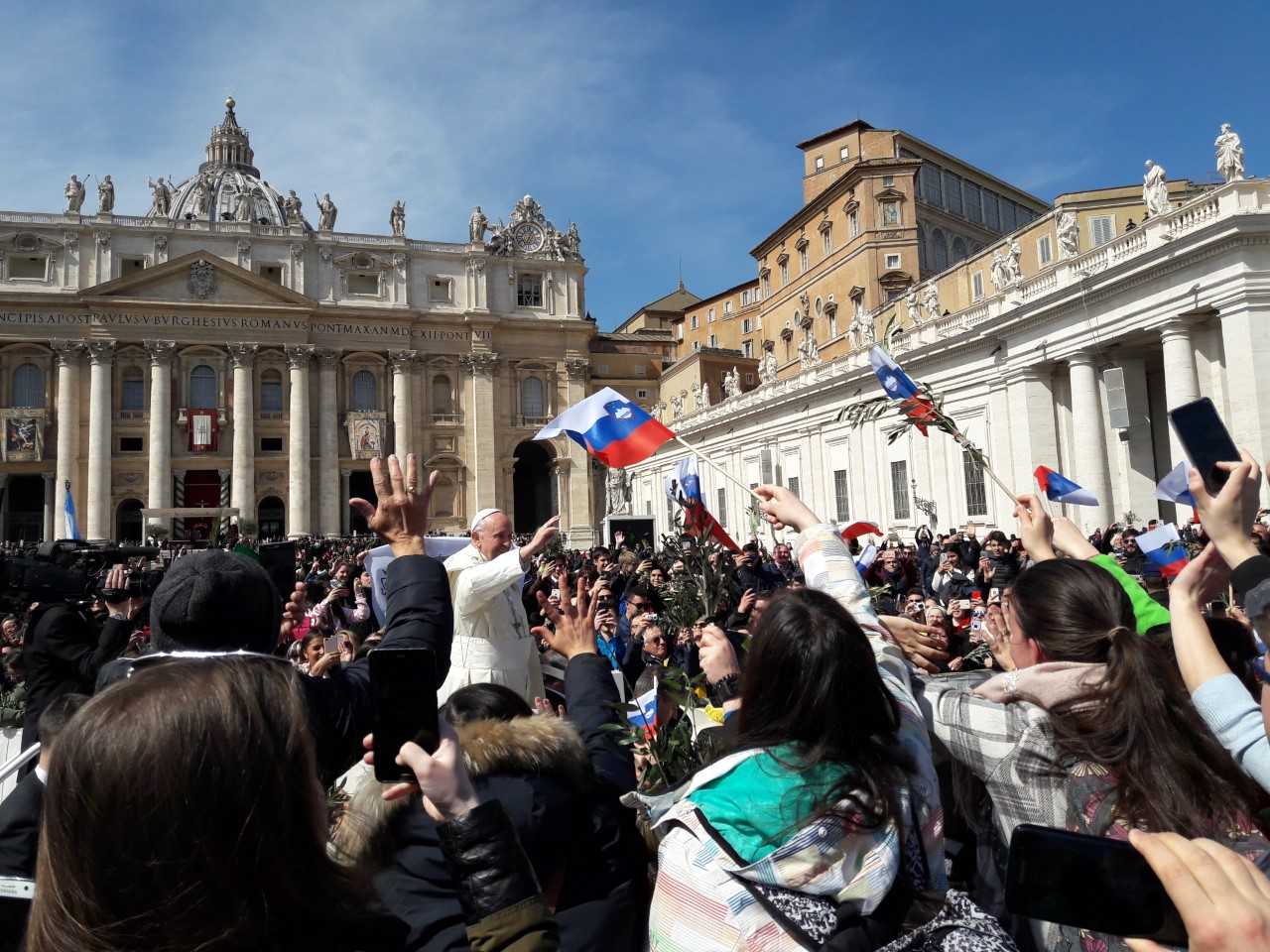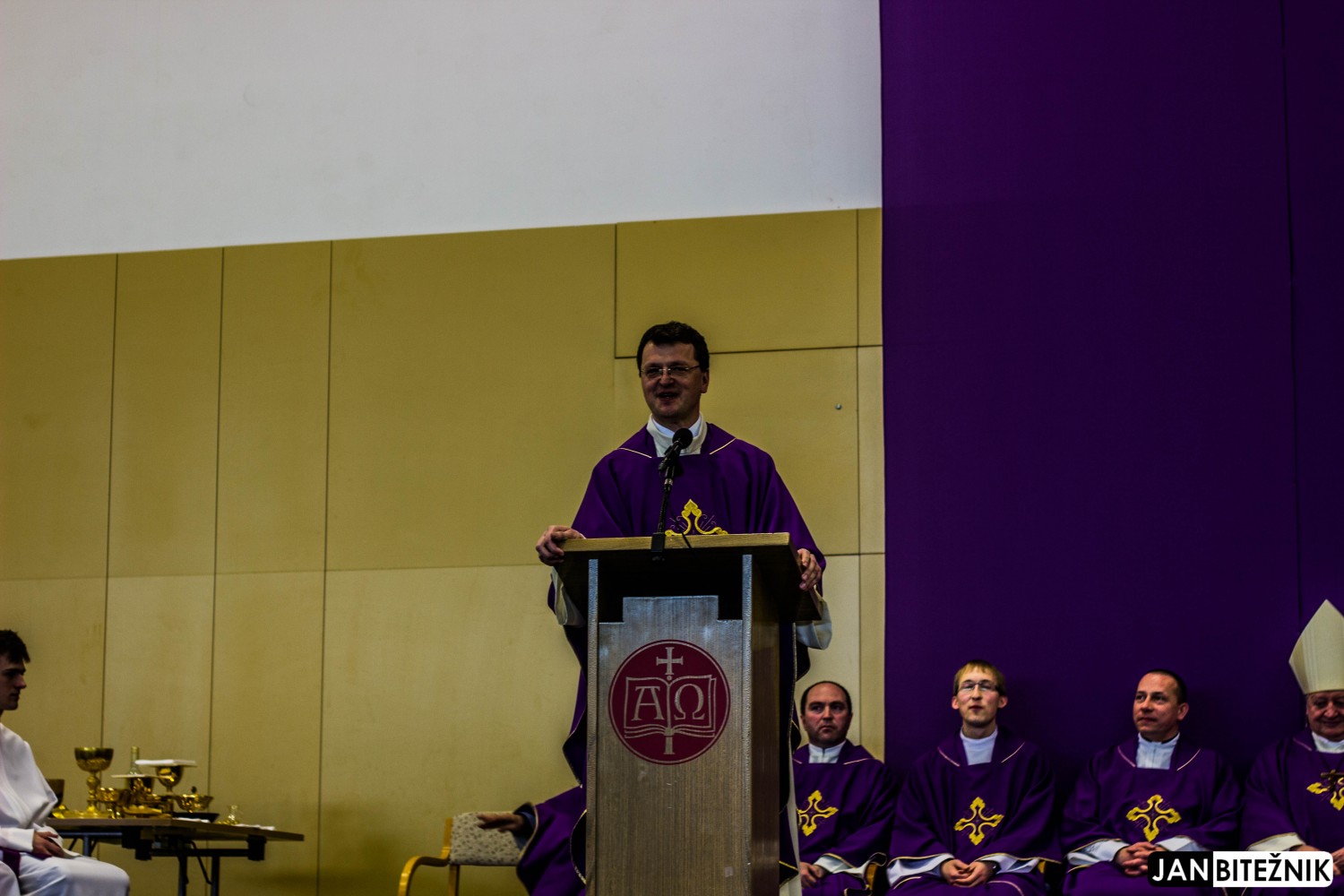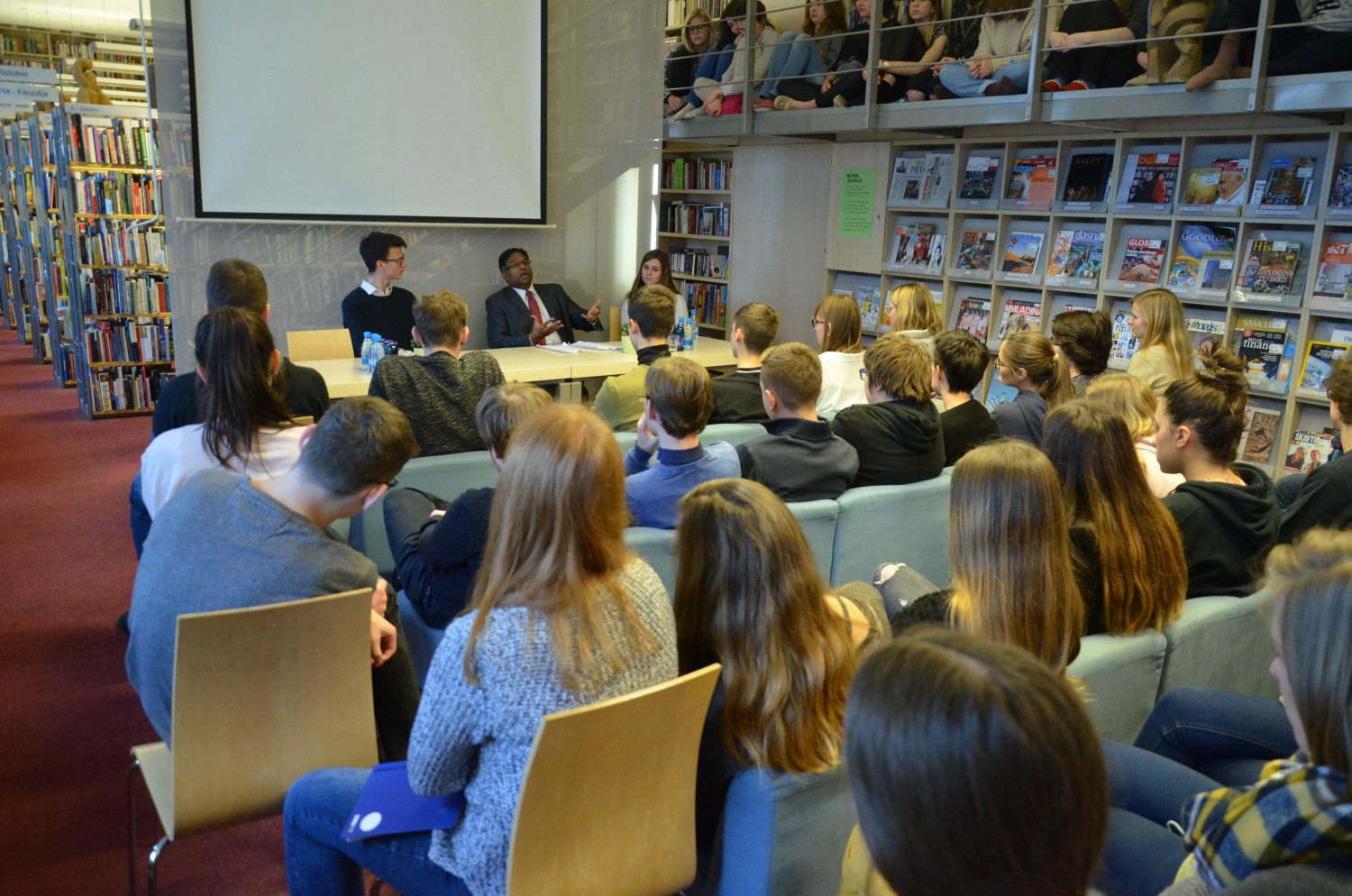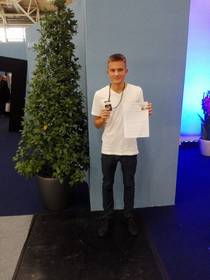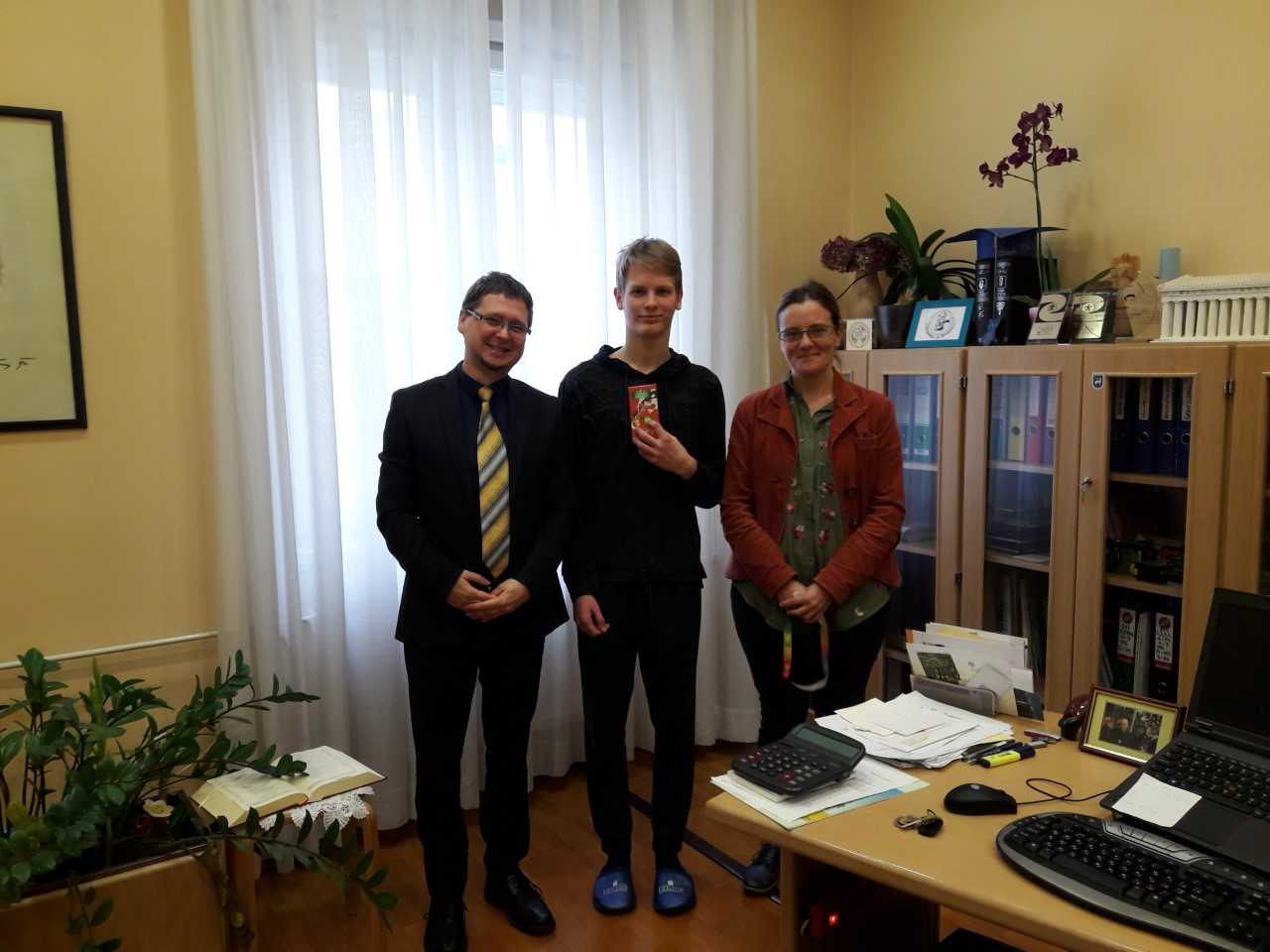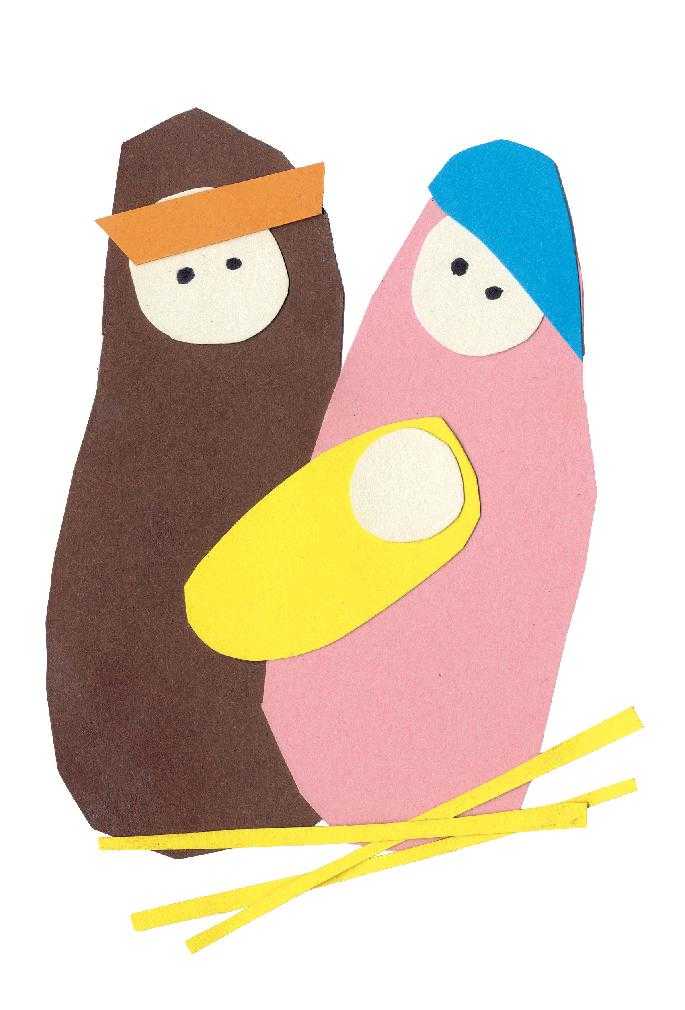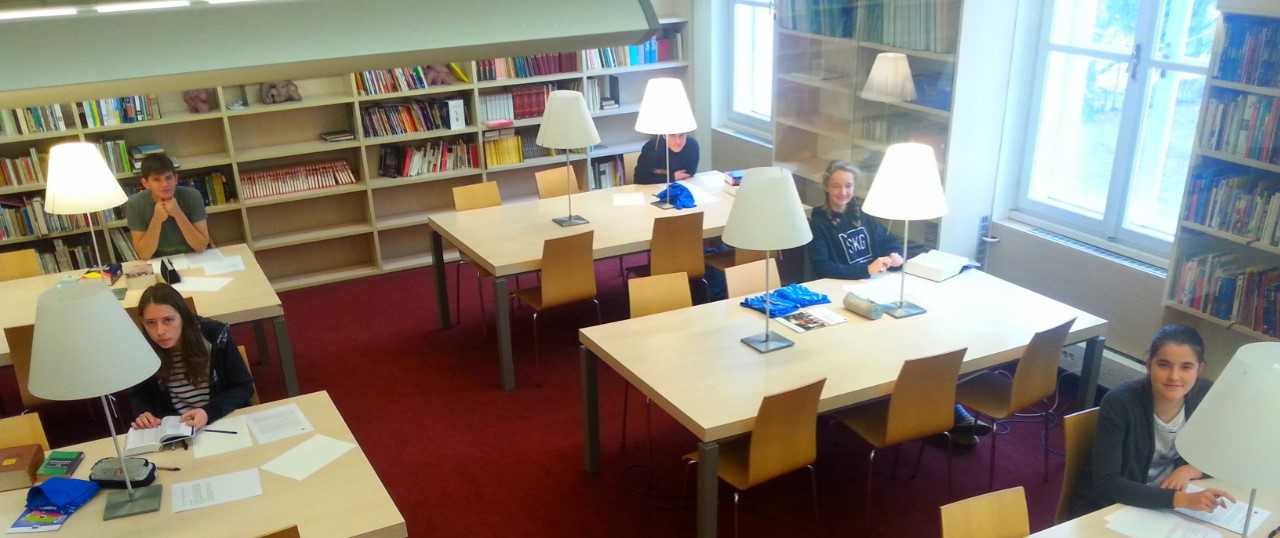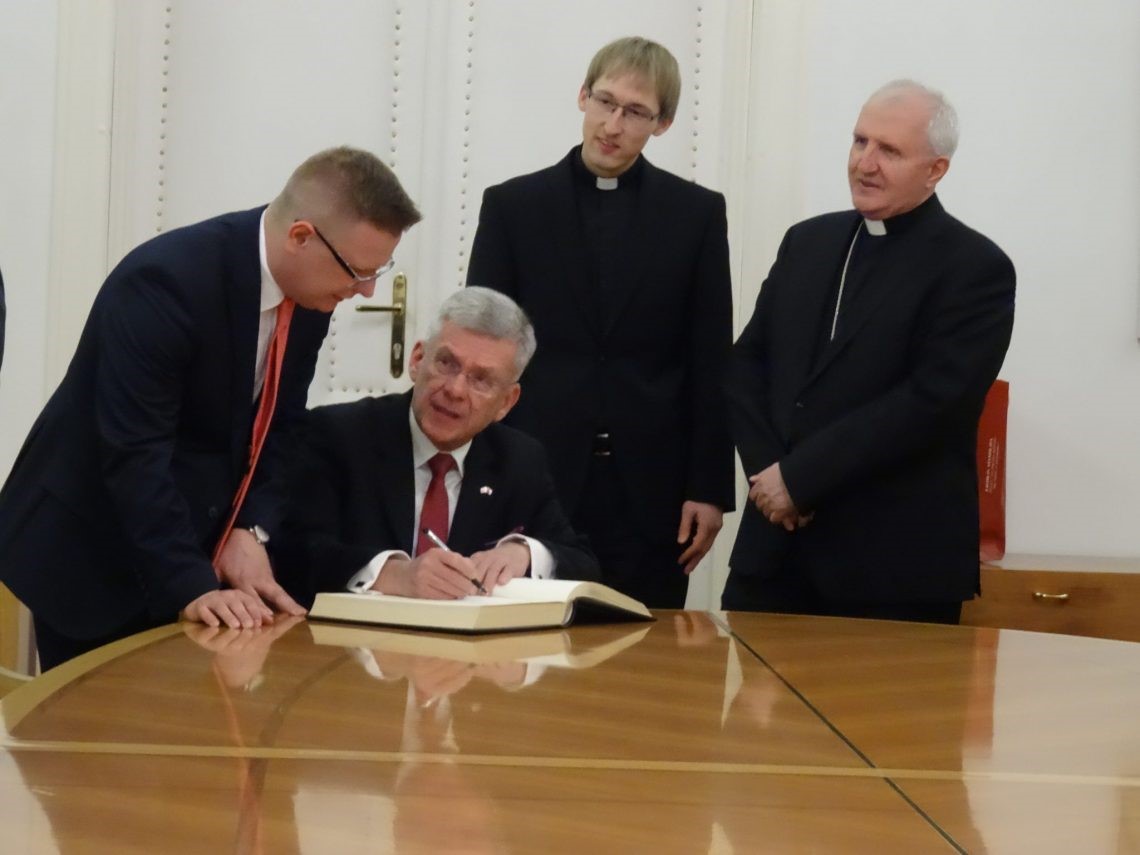
The concert was organised by the Polish Embassy in Ljubljana and St. Stanislav’s Institution with hosts Paweł Czerwiński, the ambassador of The Republic of Poland to Slovenia and Archbishop of Ljubljana Msgr. Stanislav Zore. The event took place on 22nd March 2018 to honour the 450 anniversary of St. Stanislaus’ Kostka death and the centenary of the end of WWI. Among prominent guests were HE Marshal of The Senate of the Republic of Poland Stanisław Karczewski and the president of The National Council of the Republic of Slovenia Alojz Kovšca. The Marshal of The Senate was accompanied by a 30-member delegation including senators, guardsmen and other important guests.
The concert which started with the national anthems of Poland and Slovenia was organised jointly by The Music School of St. Stanislav’s Institution and The Diocesan Classical Gymnasium. The students presented some Polish and Slovene compositions along with poetry recital.
Firstly the Archbishop Zore reflected in his welcoming speech upon St. Stanislaus’ motto I am born for greater things in the light of WWI victims and the Institution’s turbulent history, concluding with the wish that »we all become peace makers«. Stanisław Karczewski pointed at the common fate of the Poles and Slovenes. In the course of history, both nations lost their states, striving to keep the national identity alive. He also congratulated to all teachers, counsellors and parents of the young in St. Stanislav’s Institution, who try to pass on the values that the young Stanislau Kostka cherished so fervently. Andrej Košca said in his speech that St. Stanislav’s Institution laid foundations for the Slovene educational system. Strangely enough, the Institution was founded in order to educate the young but classes were brutally ended by both great wars. But man proposes, God disposes and the Institution today again serves its primary purpose. /Lily Schweiger Kotar/
